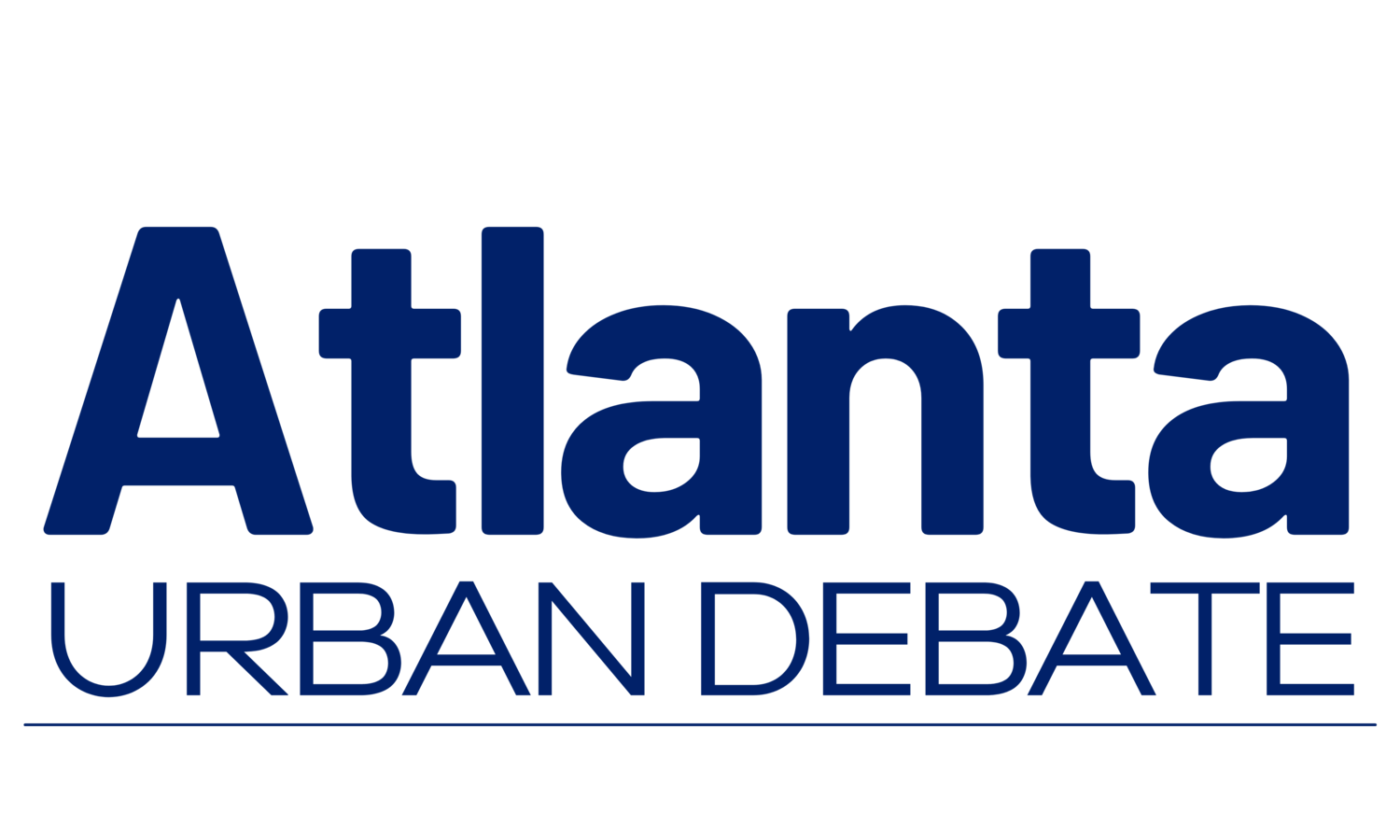The Atlanta Urban Debate League is committed to providing excellent debate education programs, services, and opportunities to diverse students, educators, and members of the community!
Kritiks: Framework Fight
Learning Objectives
Familiarize students with the structure of framework arguments.
Encourage students to consider how framework interpretations can tangibly affect debate.
Time Needed
~20-30 min.
Resources & Materials
Whiteboard, chalk board, or chart paper
Markers/chalk
Teacher Preparation
Create 3 large columns on the board with the labels “Interpretation”, “Reasons to Prefer – Fairness”, and “Reasons to Prefer – Education”.
List the following under the “Interpretation” column, creating a row for each:
The role of the judge is to vote on the best policy option.
The role of the judge is to vote for whoever saves the most lives.
The role of the judge is to decide whether the affirmative plan is a good idea.
The role of the judge is to endorse the most moral option.
Lesson Outline
Points of Improvement
Students’ reasons to prefer do not explain how an interpretation affects what happens when preparing for or during debate rounds.
Signs of Mastery
Students give specific examples of arguments that would be excluded by interpretations.
- Mini-lecture – introduce the structure of framework arguments:
- An interpretation about what the role of the judge/ballot should be.
- Reasons to prefer your interpretation – often based on fairness and/or education.
- Debaters should ask themselves what kind of arguments would (not) be allowed under an interpretation and how those arguments affect the competitive fairness and educational gains of debate as an extracurricular activity.
- A counterinterpretation when answering a framework argument introduced by the opponent.
- Framework Fight (Activity)
- One-by-one, go through the interpretations on the board as outlined below:
- Have students briefly discuss what kinds of arguments (affirmative cases, disadvantages, counterplans, kritiks, etc.) the interpretation would favor or prohibit. (5 min. max)
- Ask students how the interpretation affects fairness (write responses). Guiding questions:
- Does the interpretation mean one side wasted their time preparing an argument the judge won’t even consider?
- Is it realistic for the affirmative team to meet the interpretation considering they have to advocate for a policy action related to the resolution?
- Could the other team have realistically prepared to have this debate?
- Ask how the interpretation affects education (write responses). Guiding questions include:
- Does the interpretation favor or exclude arguments that require minimal research?
- Does the interpretation encourage nuanced analysis of the topic and aff cases?
- Does the interpretation realistically portray real-life decision-making?
- One-by-one, go through the interpretations on the board as outlined below:
Instructor Notes
This exercise requires students to think beyond the packet and consider the myriad arguments that would be excluded by interpretations.
Encourage brainstorming potential plans under the resolution and/or discuss generic negative arguments (ex. 50 states CP, Federalism DA).
Strong arguments can be turned into blocks!
